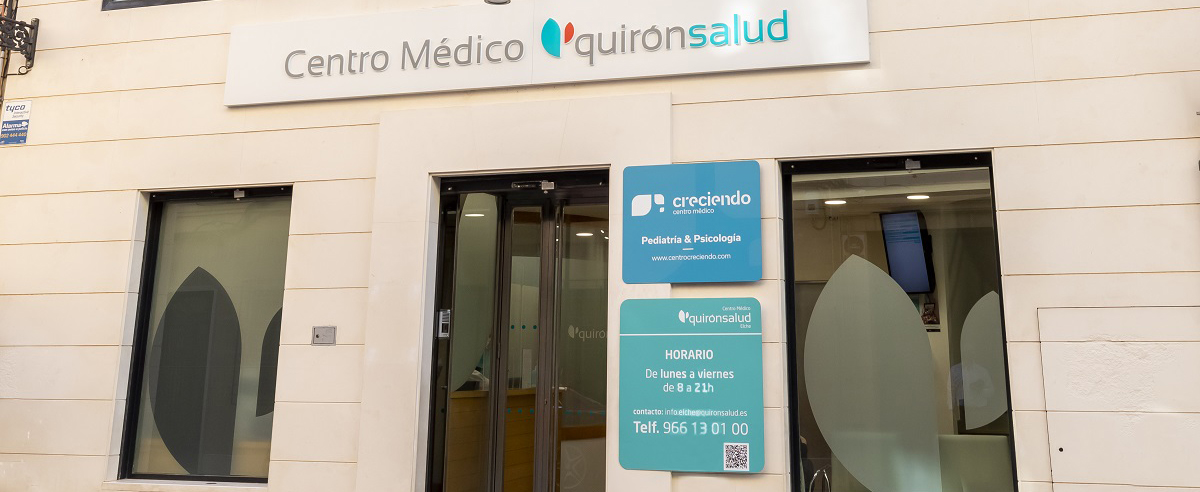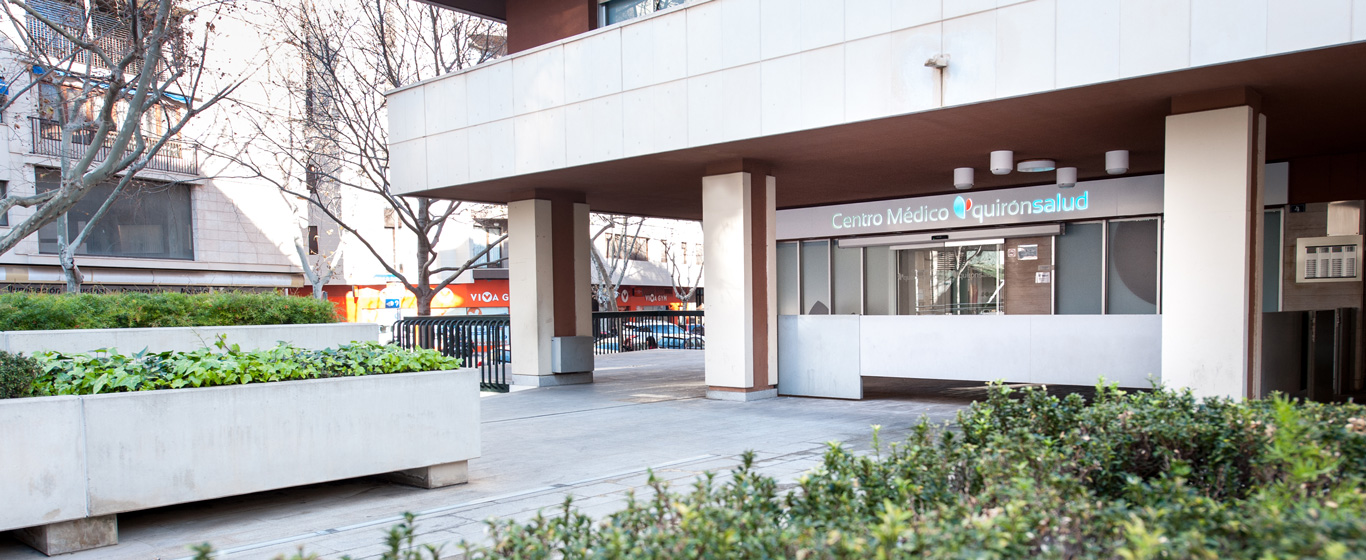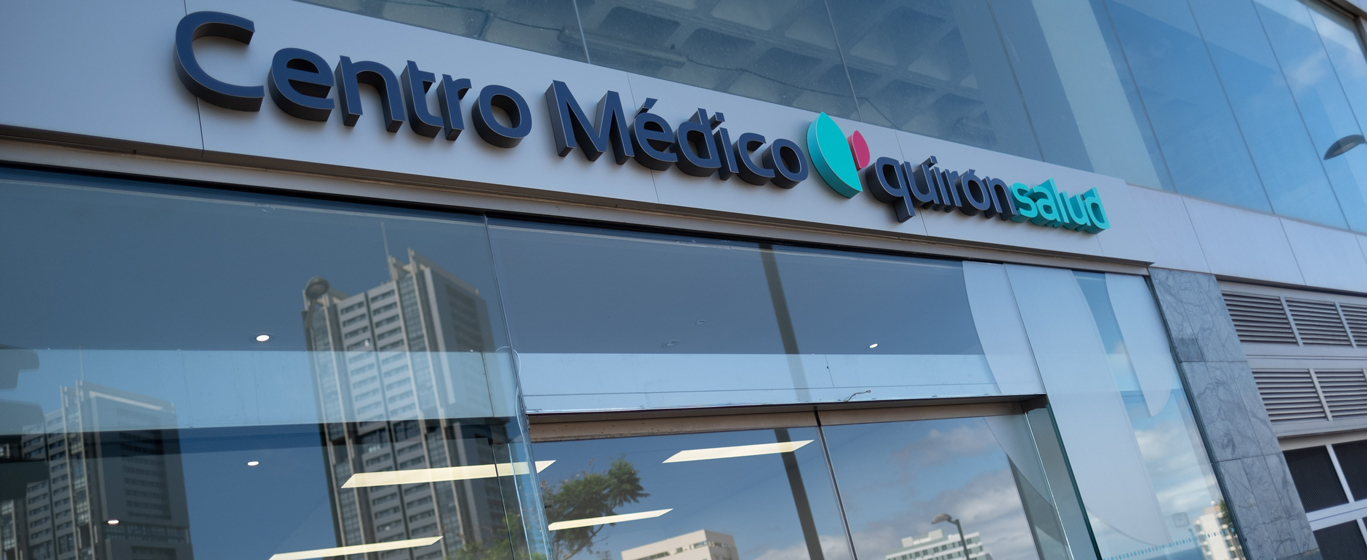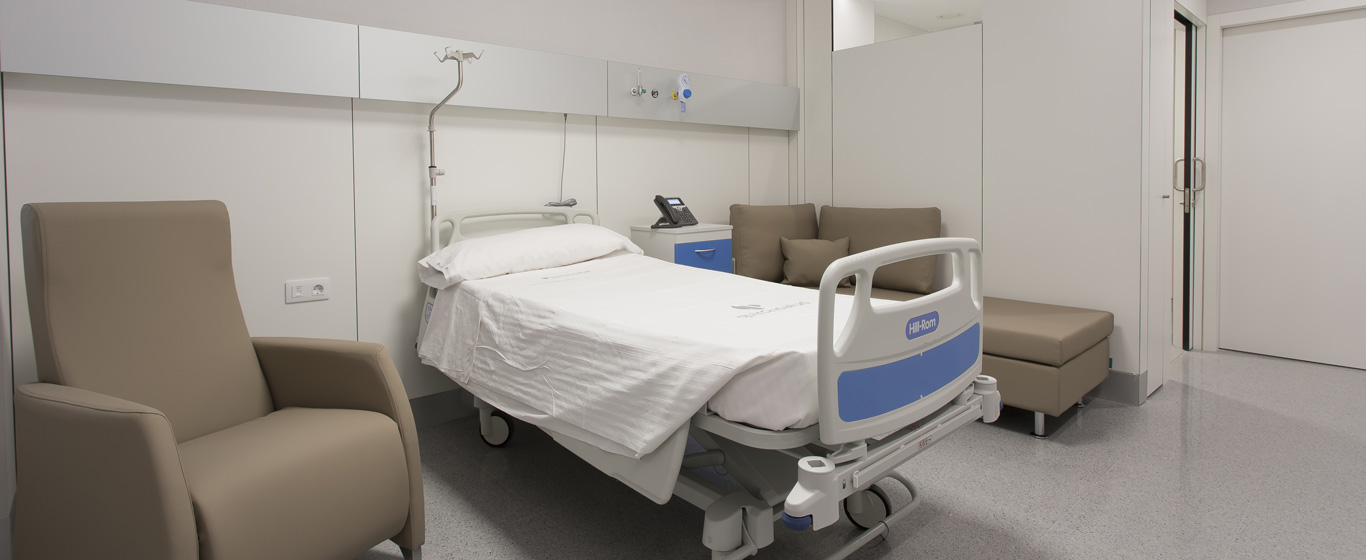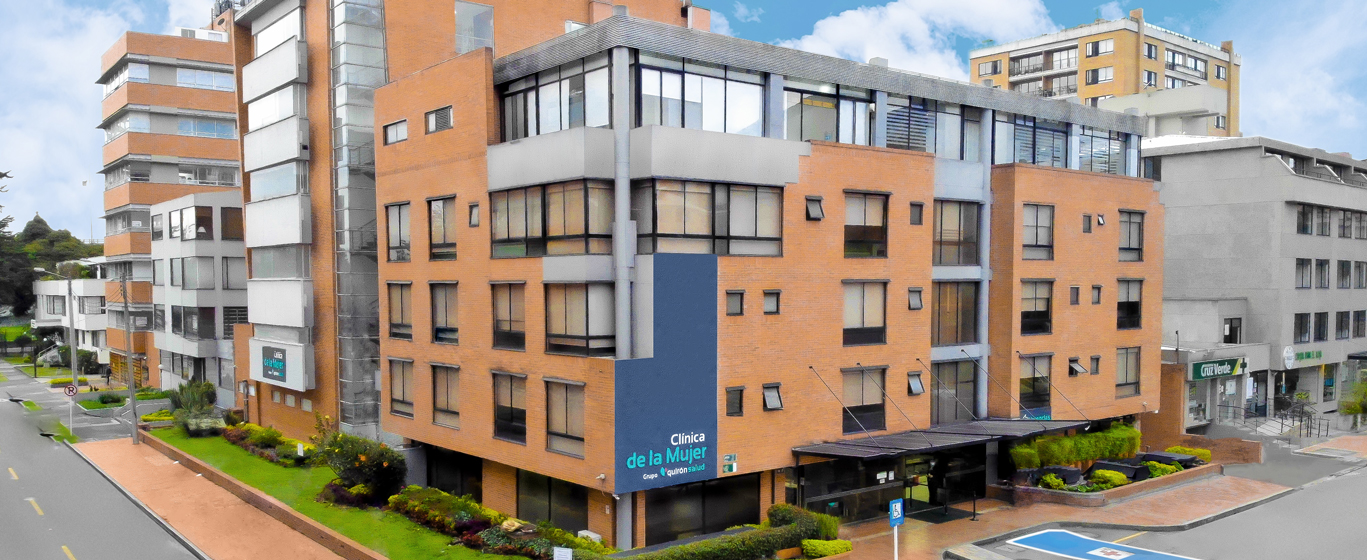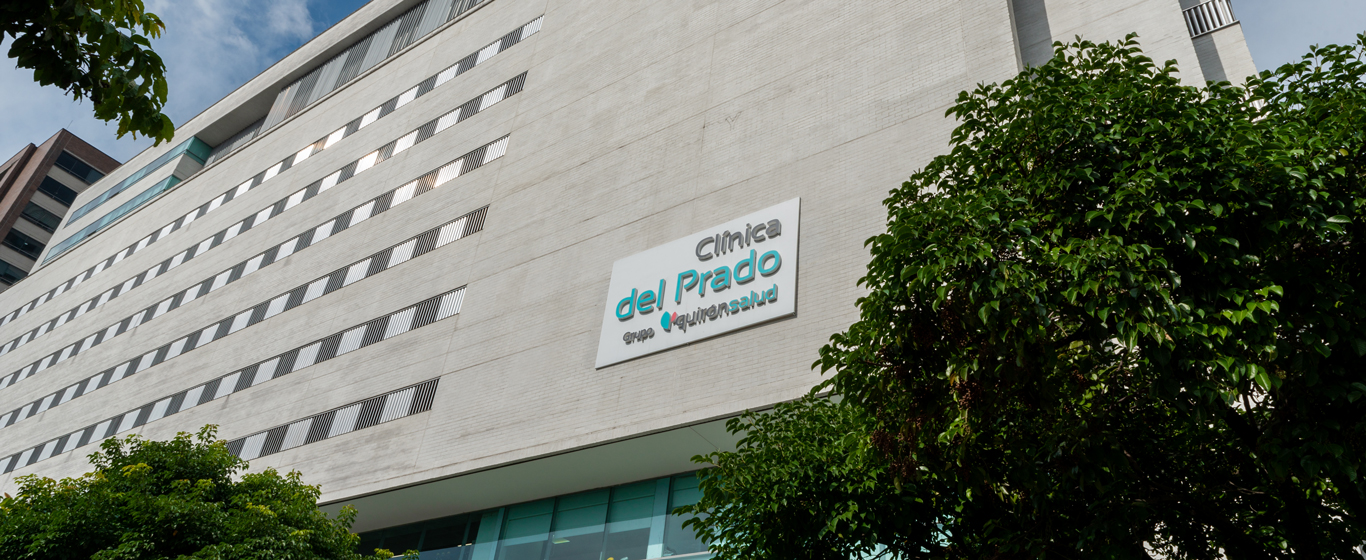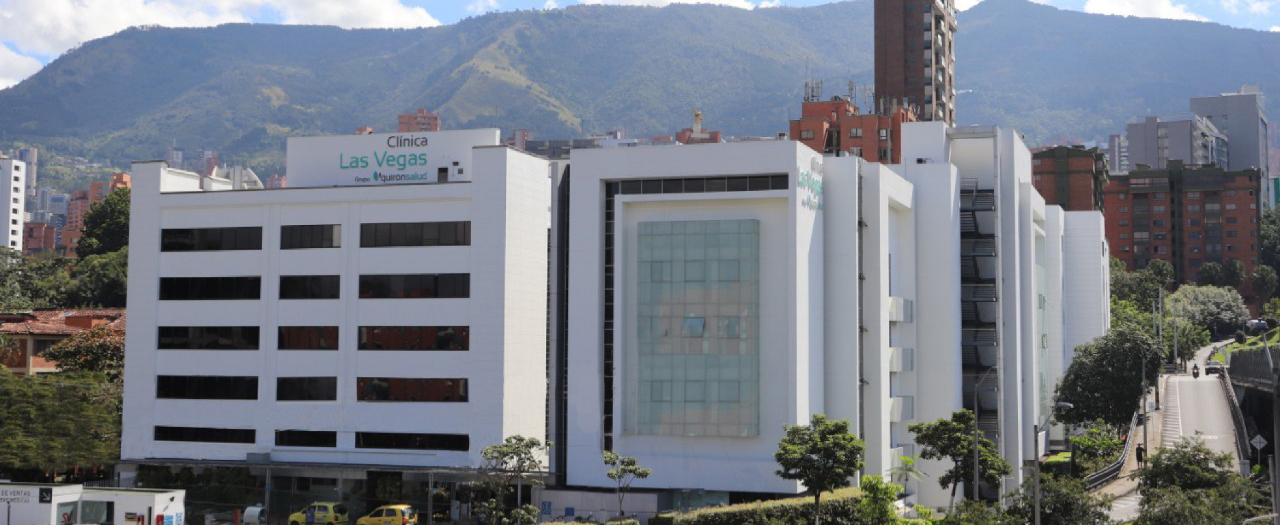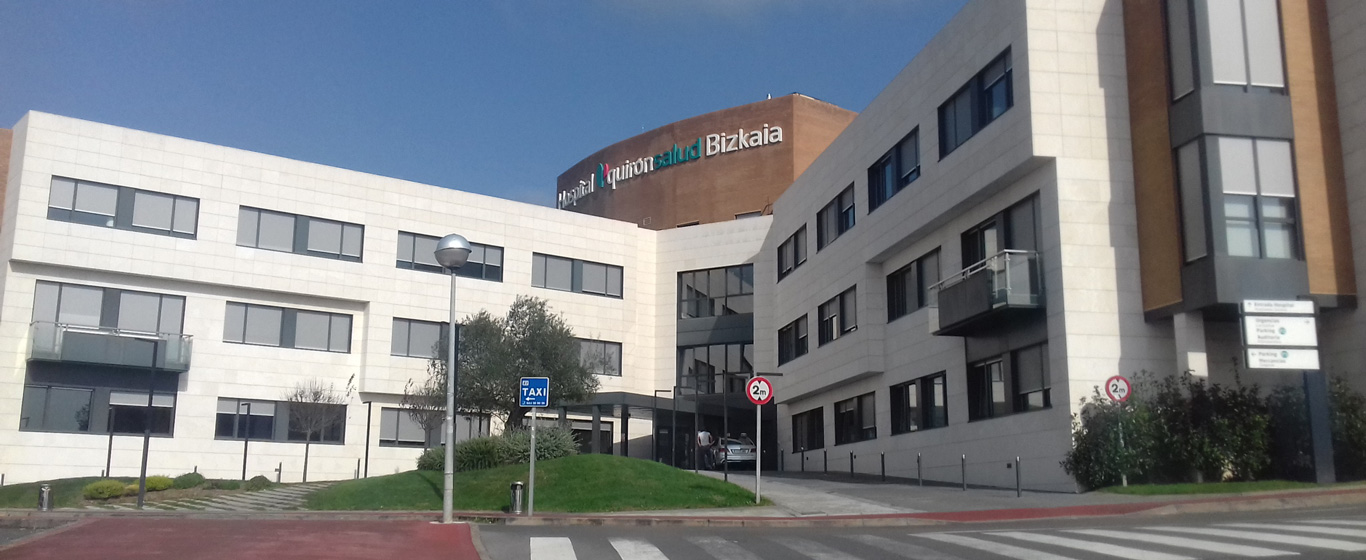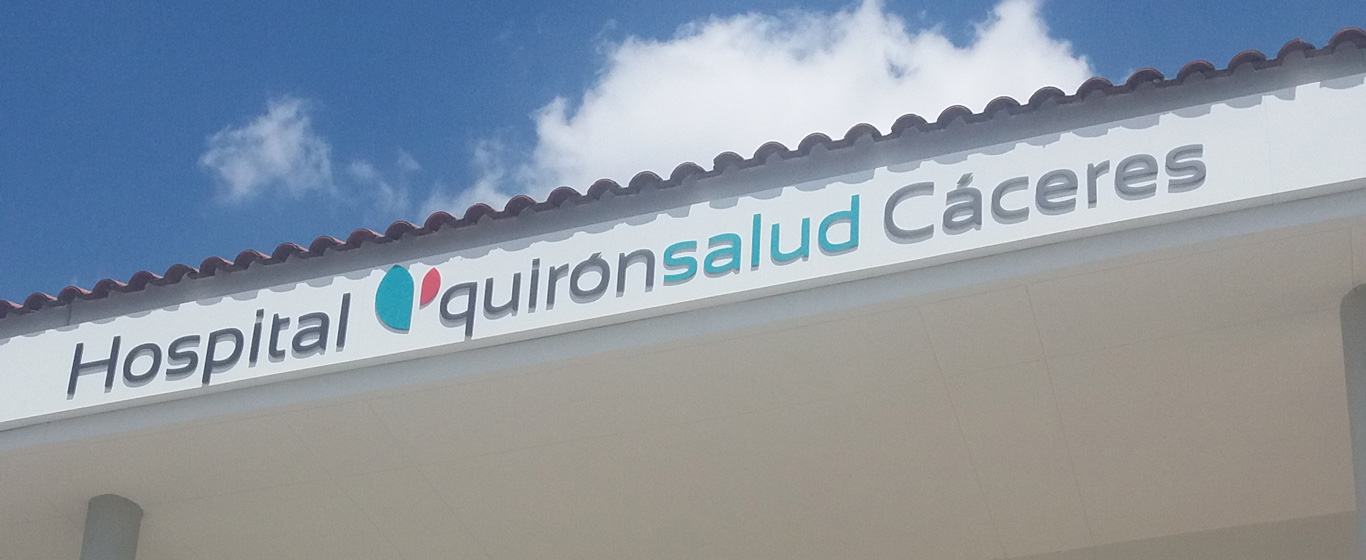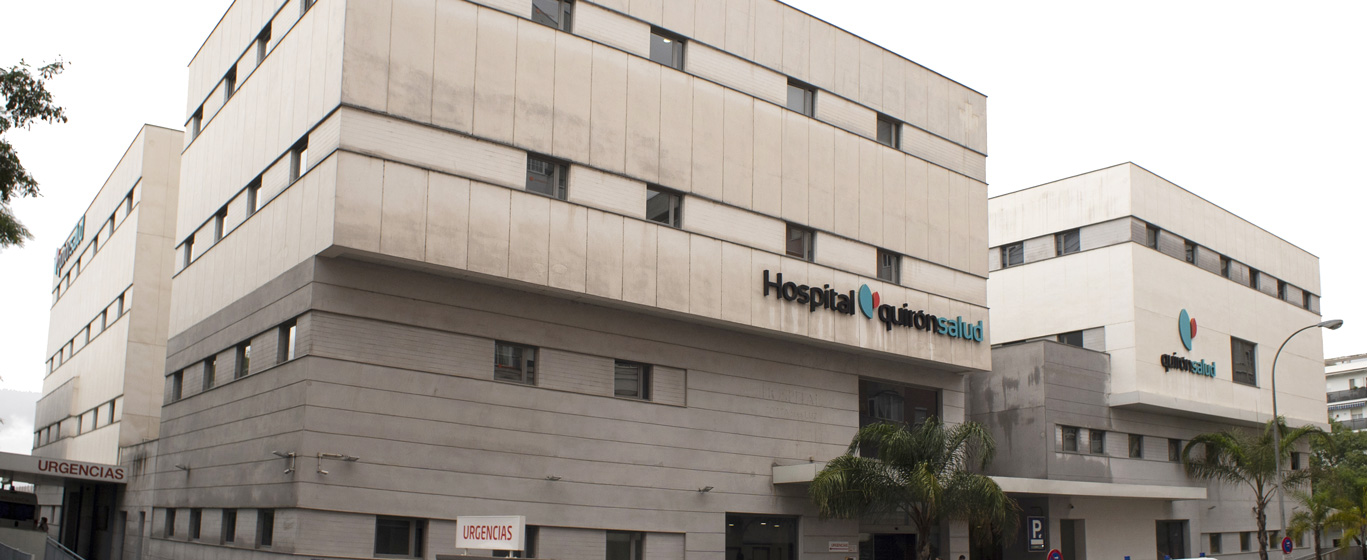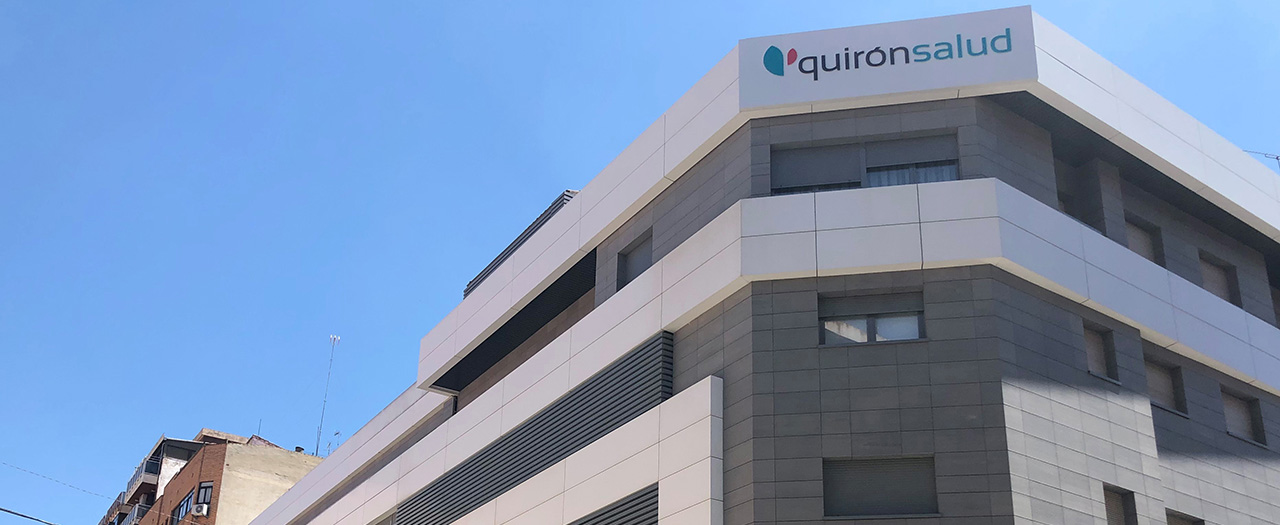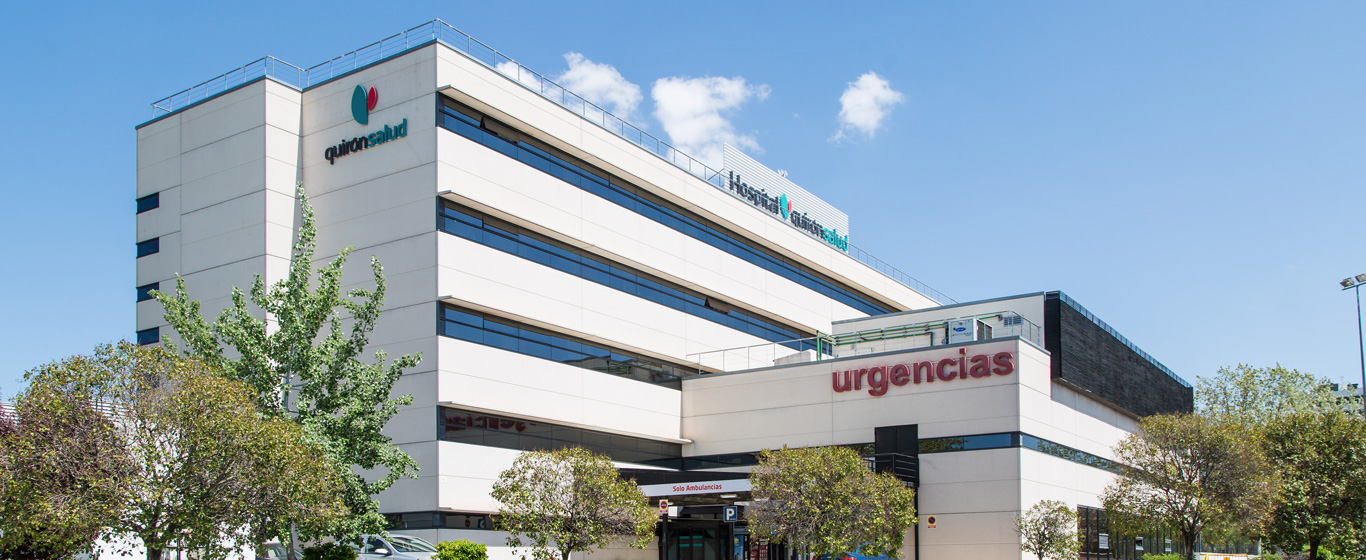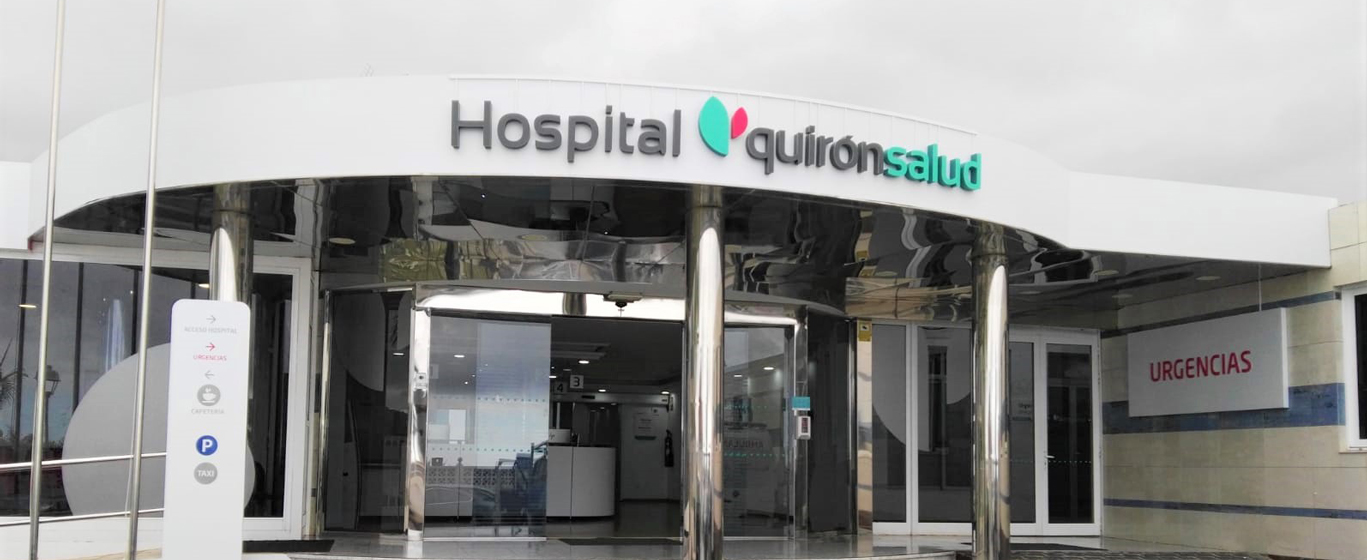Cholelithiasis
Why do gallstones form? All the information about the causes, symptoms, and treatments of cholelithiasis.
Symptoms and Causes
Cholelithiasis, or biliary lithiasis, refers to the presence of stones in the gallbladder. These stones, also known as gallstones, form when certain components of bile undergo metabolic changes.
Gallstones are solid microcrystals of varying sizes, usually smaller than 20 millimeters. They can appear individually or develop in groups, meaning some patients may have more than one stone at the same time.
It is one of the most common digestive system disorders, which only requires treatment when symptoms occur.
Symptoms
Generally, cholelithiasis does not show symptoms as long as the stones remain in the gallbladder. However, if they move into the bile ducts and cause obstruction, a biliary colic may occur, typically triggered one to two hours after eating, especially after heavy or fatty meals. The typical symptoms are:
- Intense and constant pain on the right side of the abdomen, radiating to the back and right shoulder.
- Nausea and vomiting.
Causes
Gallstones form due to the accumulation of different substances in the gallbladder as a result of an imbalance in the composition of bile. There are two types of biliary lithiasis:
- Cholesterol lithiasis: The liver secretes an excess of cholesterol, which crystallizes and is stored in the gallbladder. These crystals are usually yellow in color. It is the most common type.
- Pigmentary lithiasis: The stones are formed by an excess of calcium and bilirubin, the primary pigment of bile.
Black stones: These are primarily made of calcium bilirubinate. They are located in the gallbladder and their appearance is associated with liver cirrhosis and chronic hemolysis.
Brown stones: These are found in the bile ducts. In addition to calcium bilirubinate, they contain fatty acids. Their origin is associated with infections, inflammations, or stenosis of the bile ducts.
Risk Factors
The main risk factors for the development of cholelithiasis are:
- Gender: It is more common in women.
- Age: It is more frequent after the age of 40.
- Family history.
- Pregnancy: Small stones often develop during pregnancy, disappearing after childbirth.
- Oral contraceptives and hormone therapy with estrogens.
- Obesity.
- Sudden weight loss due to low-calorie diets.
- Diet rich in animal fats.
- Diabetes.
- Crohn's disease.
- High triglyceride levels in the blood.
- Low HDL cholesterol levels.
Complications
Cholelithiasis can lead to several complications of varying severity:
- Choledocholithiasis: If a stone leaves the gallbladder, it may travel to the common bile duct, the duct that transports bile from the gallbladder to the small intestine through the pancreas. Once there, it may get stuck and block the flow of bile and liver secretions. This results in biliary colic, jaundice, and dark-colored urine.
- Acute cholecystitis: The gallbladder becomes inflamed if the obstruction persists.
- Acute cholangitis: This is an infection of the bile ducts caused by the inflammation of the gallbladder, which allows bacteria to proliferate. The greatest risk is the potential spread of the infection throughout the body via the bloodstream.
- Peritonitis: This is a severe inflammation of the peritoneum. It may occur if cholecystitis erodes the gallbladder wall enough to cause it to perforate, allowing the contents of the gallbladder to leak into the abdominal cavity.
- Acute pancreatitis: When a stone obstructs the common bile duct and prevents the flow of pancreatic juices, the pancreas becomes inflamed.
- Biliary ileus: In rare cases, a large stone may travel to the small intestine and cause an intestinal obstruction.
Prevention
The appearance of gallstones can be prevented by addressing their main risk factors:
- Follow a diet low in saturated fats and rich in fiber and vegetables.
- Maintain a healthy weight but avoid low-calorie diets.
- Limit alcohol consumption.
Which doctor treats cholelithiasis?
Cholelithiasis is evaluated and treated by specialists in general surgery and digestive system surgery.
Diagnosis
When biliary colic symptoms are present, several tests are conducted to confirm cholelithiasis:
- Abdominal ultrasound: This imaging test uses X-rays to detect the presence of gallstones.
- Endoscopic retrograde cholangiopancreatography (ERCP): A visualization device (endoscope) is inserted through the mouth and guided through the esophagus, stomach, and duodenum to the bile duct, where a contrast dye is injected for X-ray imaging. This test allows the visualization of stones in the common bile duct and bile ducts.
- Blood tests: Liver function is measured, and abnormal results may indicate the presence of stones obstructing the bile ducts.
Treatment
Asymptomatic cholelithiasis does not require treatment but should be monitored for progression. In cases of persistent biliary colic, particularly if complications arise, or for very large stones, treatment options include:
- Cholecystectomy: A surgical procedure involving the removal of the gallbladder. It can be performed through open surgery, with an abdominal incision, or laparoscopically, using small incisions and a visualization tube.
- Endoscopic retrograde cholangiopancreatography (ERCP): During this procedure, stones located in the bile ducts can be removed. A cut is made at the junction of the bile duct and the small intestine (the sphincter of Oddi) to allow stones to fall into the intestine. If they do not fall on their own, they can be removed with a catheter.
- Bile acid administration (ursodeoxycholic acid and chenodeoxycholic acid): These medications can dissolve gallstones, although not permanently and only when they are small. This treatment is used when surgery is not an option.















